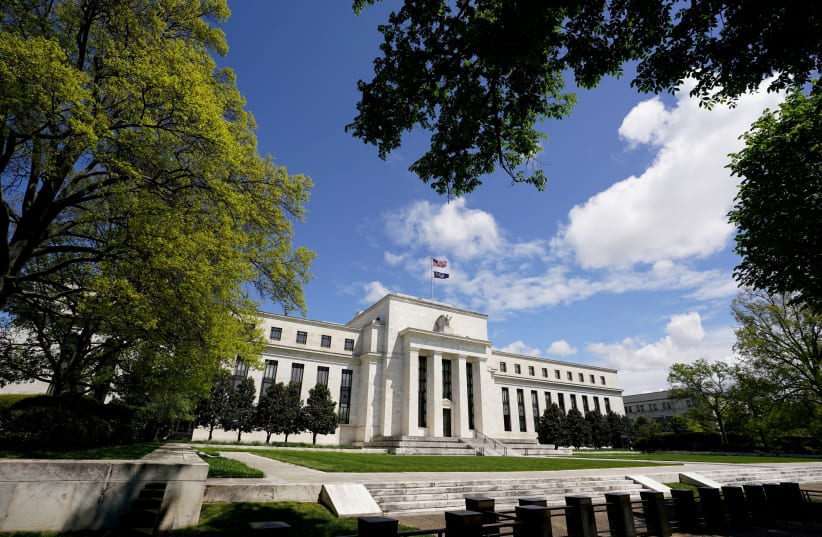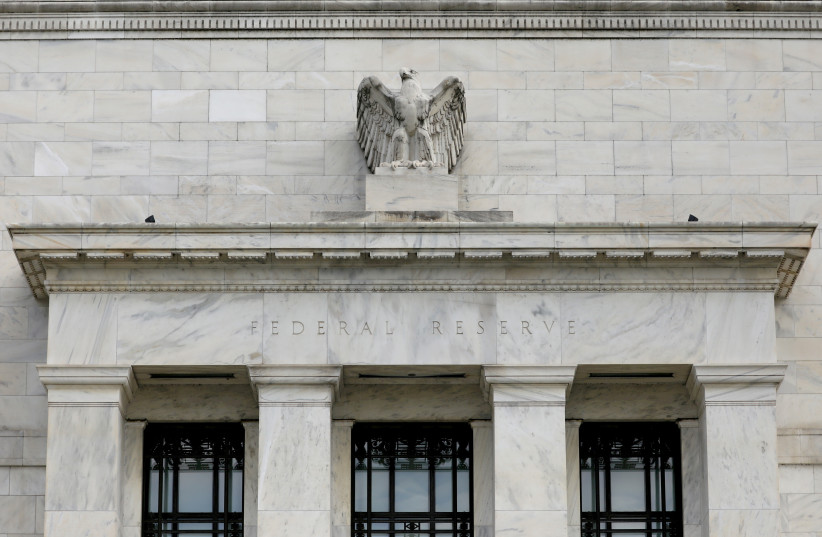With inflation now running at its fastest pace in nearly 40 years and showing no signs of slowing down, the Federal Reserve on Wednesday abandoned its wait-and-see strategy and indicated that it could begin stepping on the economic brakes soon.
Specifically, the central bank signaled it could start raising interest rates as early as next spring as it announced a speedier shutdown of a bond-buying stimulus program that it implemented to counteract the economic damage from the COVID-19 pandemic.
As recently as a few months ago, Fed officials saw rising prices as a temporary consequence of supply chain disruptions and other problems stemming from the pandemic.
At that time, Fed policymakers seemed so confident that inflation would fade of its own accord that they mostly predicted interest rates would remain at historic lows until at least 2023.
Now, the sharp shift may be welcomed by economists and others who doubted the Fed’s optimistic assessment, but it also adds a new element of uncertainty to a US and global economy already uneasy about the future.
“My concern is that we’re going to go from a patient to a panic Fed on inflation,” said Diane Swonk, chief economist at the accounting firm Grant Thornton and a longtime Fed watcher.
Forced to make critical policy decisions with far less than total information, the Fed is caught in a dilemma: If it does too little to combat inflation, that could feed widespread expectations that prices will continue to soar for months and years to come.
More workers, for example, might begin pushing harder for big pay increases, which would raise employers’ costs and fuel even more inflation. And businesses could begin raising prices to keep ahead of the curve.
On the other hand, if the Fed applies the brakes too hard, it could stifle the nascent economic recovery and push the country toward recession.
Adding to the uncertainty, while the overall economic growth looks strong, the total number of jobs in the US remains almost 4 million short of what it was before COVID-19 struck.
And the fog over COVID variants and their effect on consumers and businesses add to the difficulty of forecasting exactly what the impact might be of different policy choices open to the Fed.


